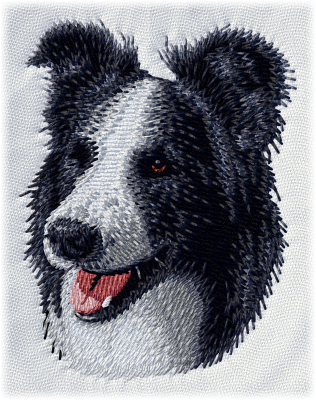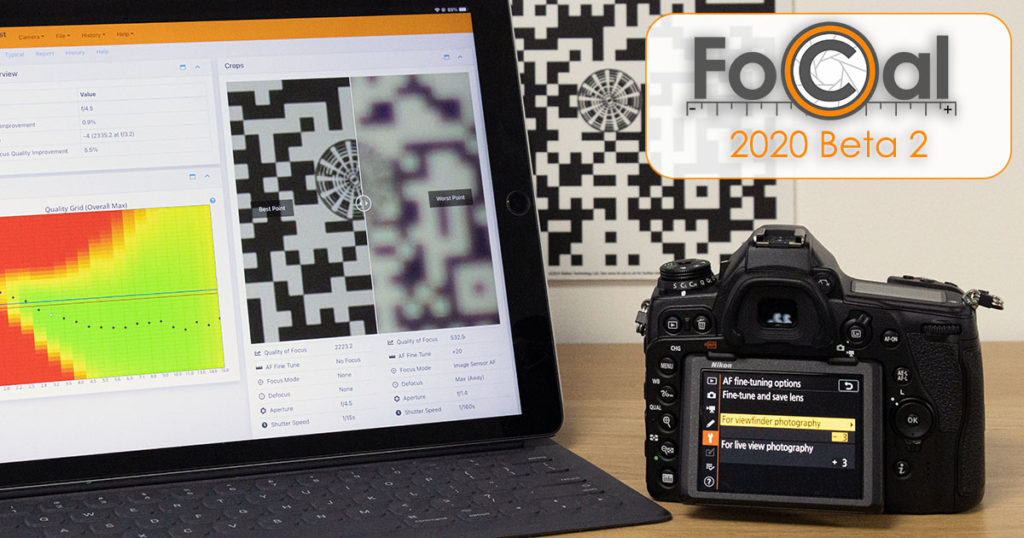
- #ABBYY FINEREADER VS ADOBE ACROBAT PRO PATCH#
- #ABBYY FINEREADER VS ADOBE ACROBAT PRO PRO#
- #ABBYY FINEREADER VS ADOBE ACROBAT PRO SOFTWARE#
- #ABBYY FINEREADER VS ADOBE ACROBAT PRO WINDOWS#
Learn how your comment data is processed.
#ABBYY FINEREADER VS ADOBE ACROBAT PRO WINDOWS#
After finishing the installation, do not click on the window where it says Start, keep it open and go to the windows firewall and create an exit and entry block for the file NeroLauncher. He was always very quick when a new Nero release was there and he is still around here.
#ABBYY FINEREADER VS ADOBE ACROBAT PRO PATCH#
We can also help you set up Tesseract on your own computer.I wonder, why Astron did not release a new Patch yet.
#ABBYY FINEREADER VS ADOBE ACROBAT PRO PRO#
Here at the Scholarly Commons, we have Adobe Acrobat Pro installed on every computer, and ABBYY FineReader installed on several. So always be diligent and clean up your OCR! The Scholarly Commons In a 300 page book with 1,800 characters per page, that’s between 5,400 and 16,200. While this may seem like it’s not many errors, in a page with 1,800 characters, there will be between 18 and 54 errors.
#ABBYY FINEREADER VS ADOBE ACROBAT PRO SOFTWARE#
Most OCR software packages have an error rate between 97-99% per character. Check out your options! Always Remember that OCR is ImperfectĮven with perfect documents that you think will yield perfect results, there will be a certain percentage of mistakes. But there will be times that the images you come across just won’t work. Most likely, you will run into scenarios that are easy fixes using photo manipulation tools.

This means that a file is lower-quality to begin with, or that whoever scanned the file may have made errors.
 OCR software cannot read handwriting while we’d all like to digitize our handwritten notes, OCR software just isn’t there yetĭigital files can, in many ways, be more complicated to use OCR software on, just because someone else may have made the file. Text created prior to 1850 or with a typewriter can be more difficult for OCR software to read. Low contrast in documents can reduce OCR accuracy contrast can be adjusted in a photo manipulation tool. Make sure that your document is in a language, and from a period that your OCR software recognizes not all engines are trained to recognize all languages. These issues can be more difficult to solve, because you cannot change the content of the original document, but they’re still good tips to know, especially when diagnosing issues with OCR. The issues you’re having may not stem from the scanning, but from the text itself. Also, remember OCR software tends to be less effective when used on photographs than on scans. If your OCR software doesn’t have those tools, or if their provided tools aren’t cutting it, try using a photo manipulation tool such as Photoshop or GIMP to edit your document. If you’re working with a document that you cannot create another scan for, there’s still hope! OCR engines with a GUI tend to have photo editing tools in them. Try to keep your scan as straight as possible. Make sure your document is scanned at 300 DPI. Here are a few considerations to keep in mind when scanning a document you will be using OCR on: Low-quality scans are less likely to be read by OCR software. The problem may be less with your program and more with your initial scan. Though most documents come out without a hitch, we have a few tips on what to do if your document just isn’t coming out. Inputting a document into an OCR software doesn’t necessarily mean that the software will actually output something useful 100% of the time.
OCR software cannot read handwriting while we’d all like to digitize our handwritten notes, OCR software just isn’t there yetĭigital files can, in many ways, be more complicated to use OCR software on, just because someone else may have made the file. Text created prior to 1850 or with a typewriter can be more difficult for OCR software to read. Low contrast in documents can reduce OCR accuracy contrast can be adjusted in a photo manipulation tool. Make sure that your document is in a language, and from a period that your OCR software recognizes not all engines are trained to recognize all languages. These issues can be more difficult to solve, because you cannot change the content of the original document, but they’re still good tips to know, especially when diagnosing issues with OCR. The issues you’re having may not stem from the scanning, but from the text itself. Also, remember OCR software tends to be less effective when used on photographs than on scans. If your OCR software doesn’t have those tools, or if their provided tools aren’t cutting it, try using a photo manipulation tool such as Photoshop or GIMP to edit your document. If you’re working with a document that you cannot create another scan for, there’s still hope! OCR engines with a GUI tend to have photo editing tools in them. Try to keep your scan as straight as possible. Make sure your document is scanned at 300 DPI. Here are a few considerations to keep in mind when scanning a document you will be using OCR on: Low-quality scans are less likely to be read by OCR software. The problem may be less with your program and more with your initial scan. Though most documents come out without a hitch, we have a few tips on what to do if your document just isn’t coming out. Inputting a document into an OCR software doesn’t necessarily mean that the software will actually output something useful 100% of the time. 
While optical character recognition (OCR) is a powerful tool, it’s not a perfect one.

Optical character recognition can enhance your research!








 0 kommentar(er)
0 kommentar(er)
